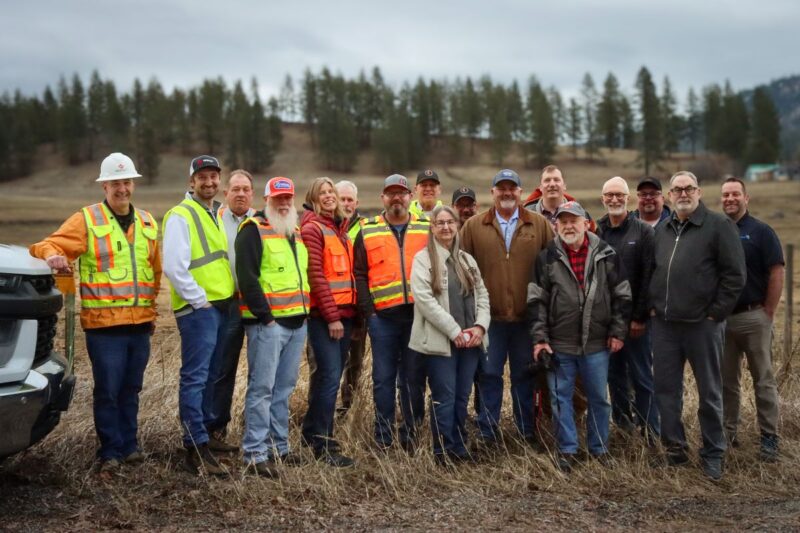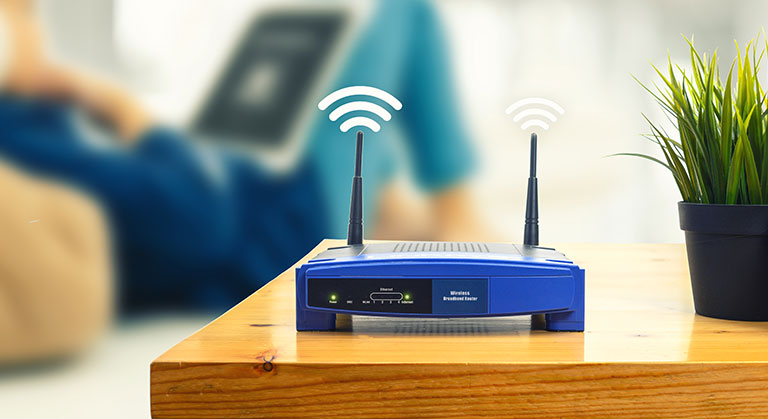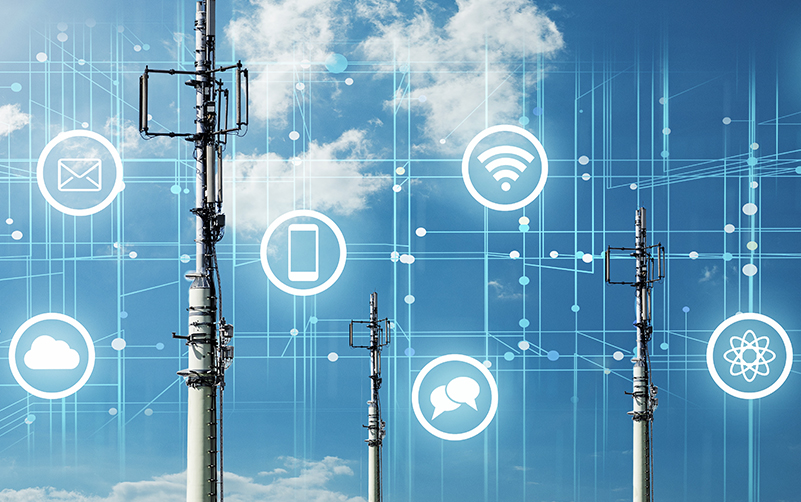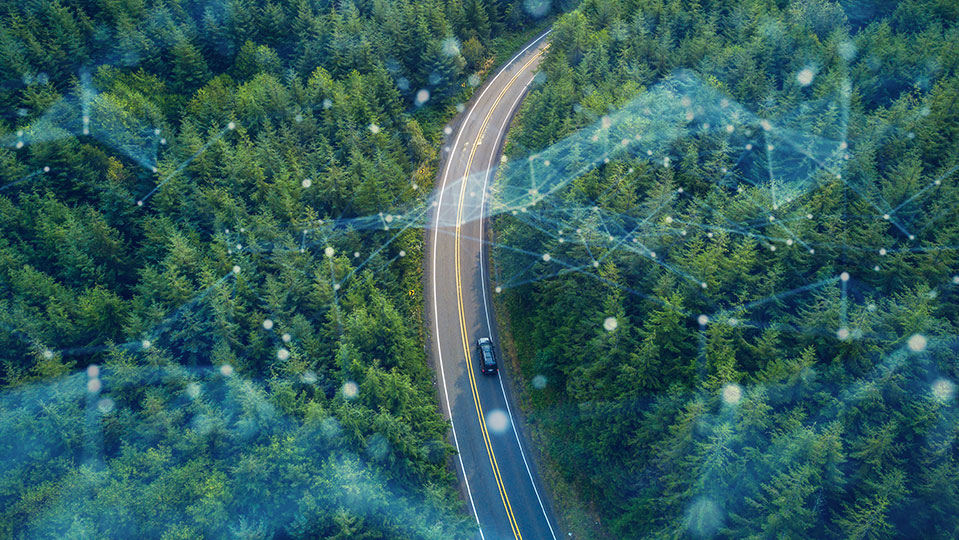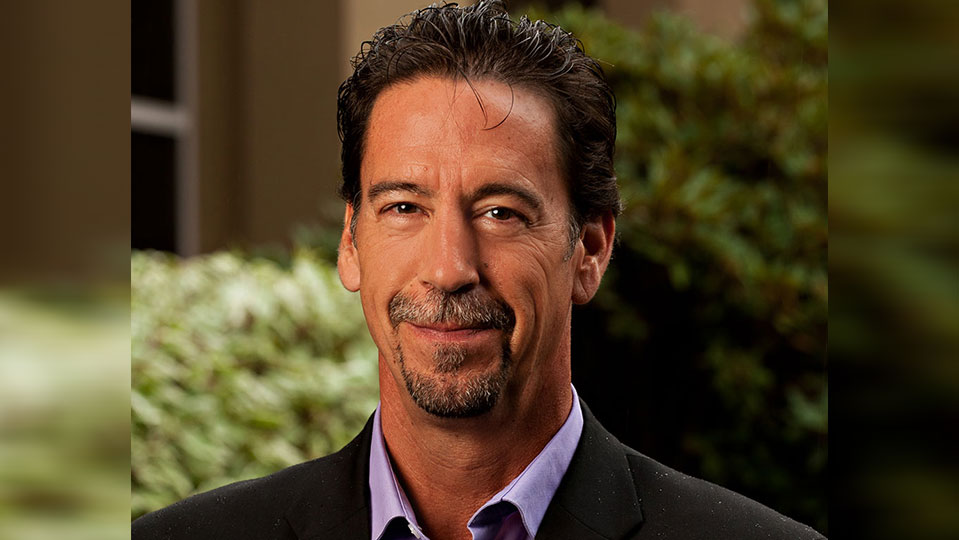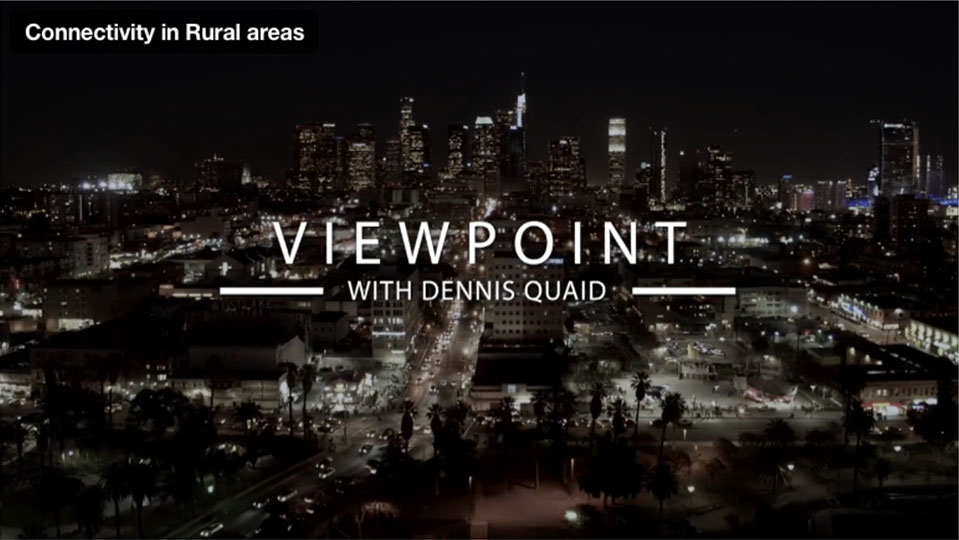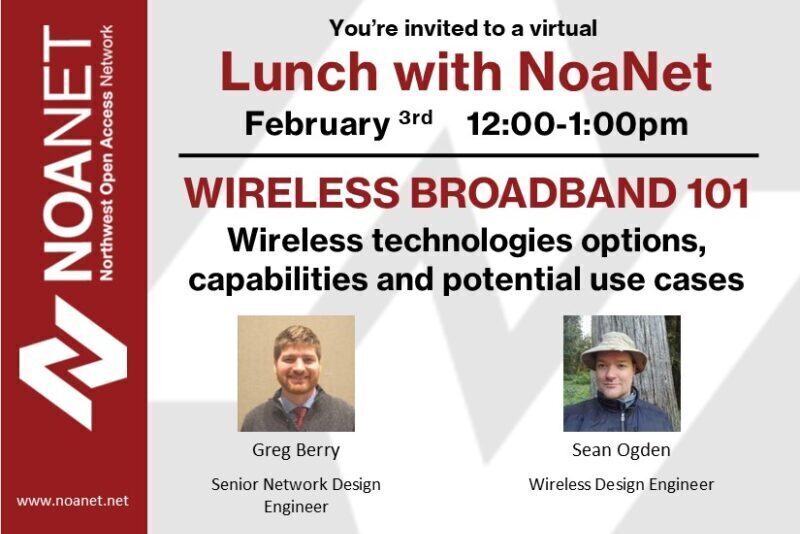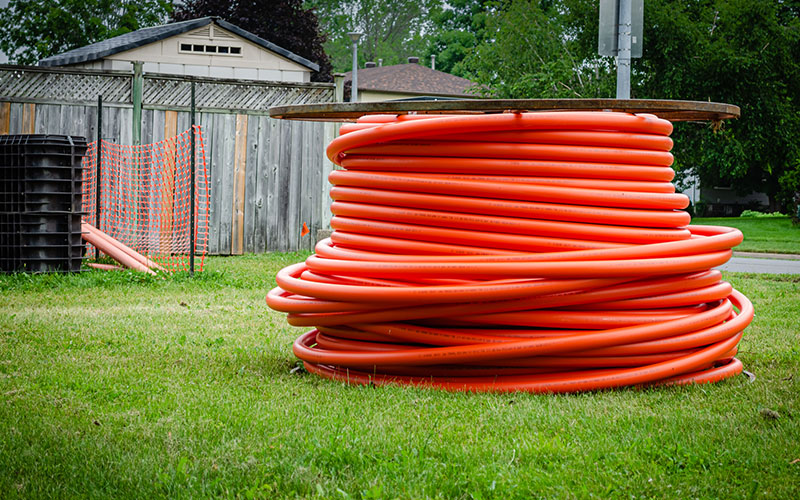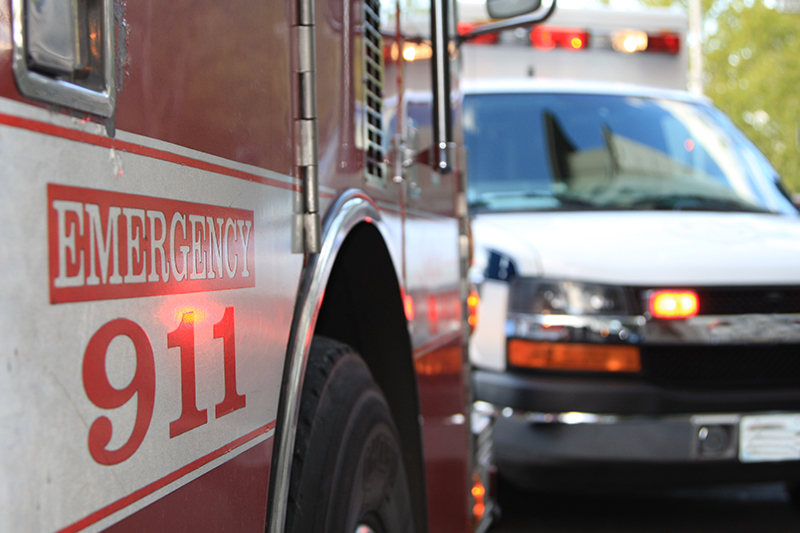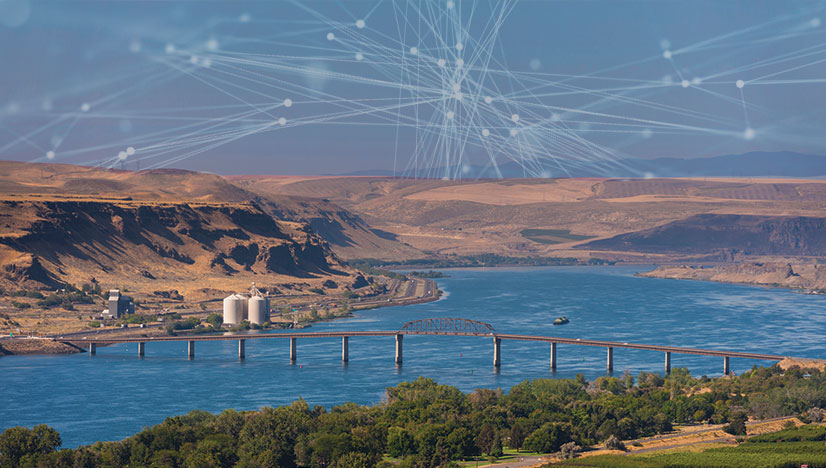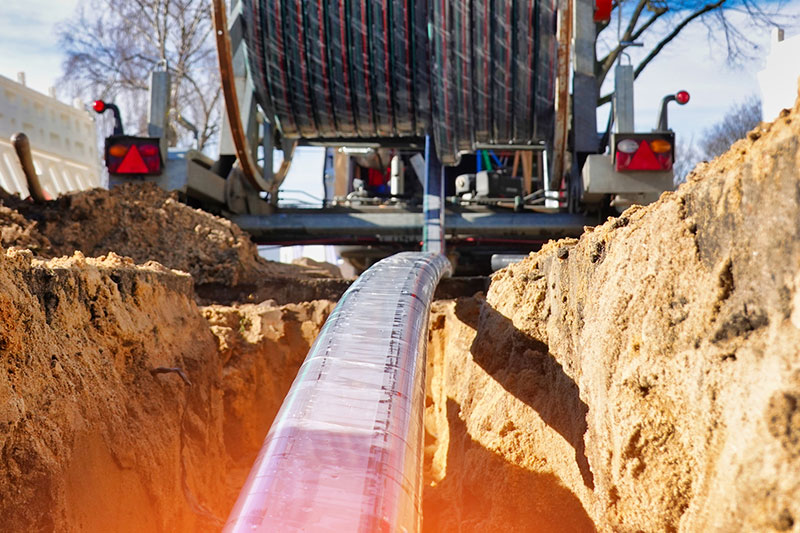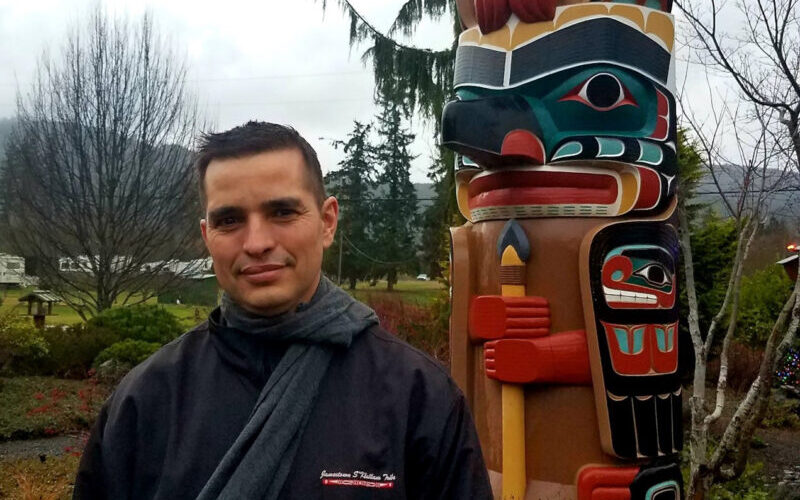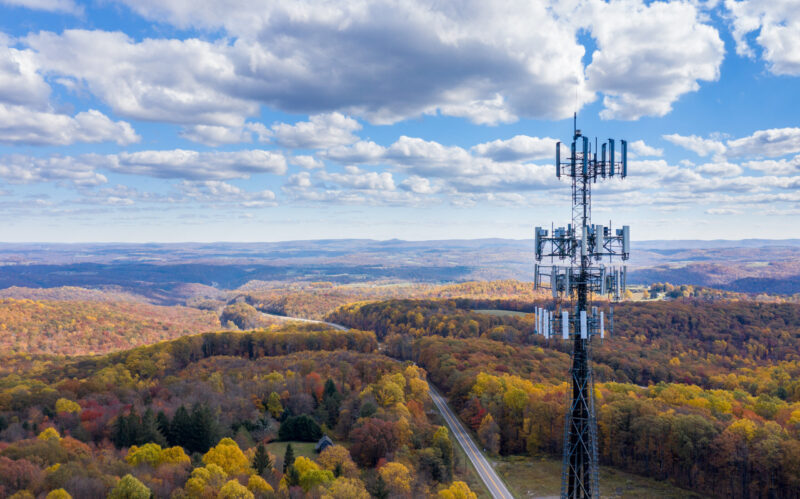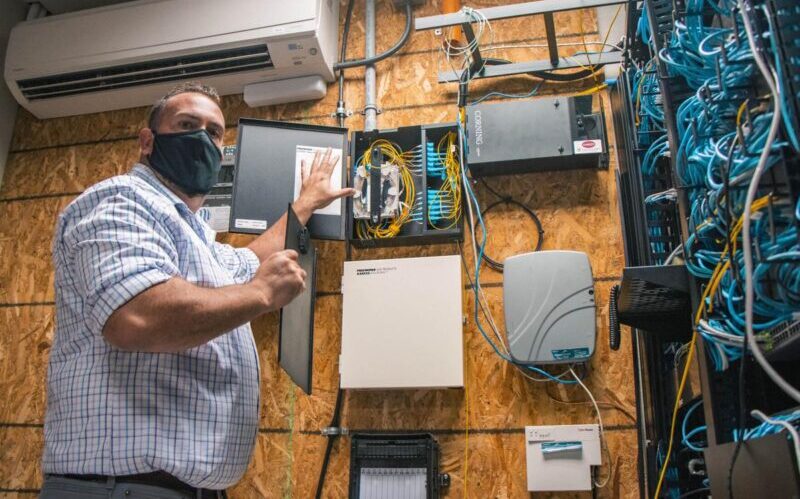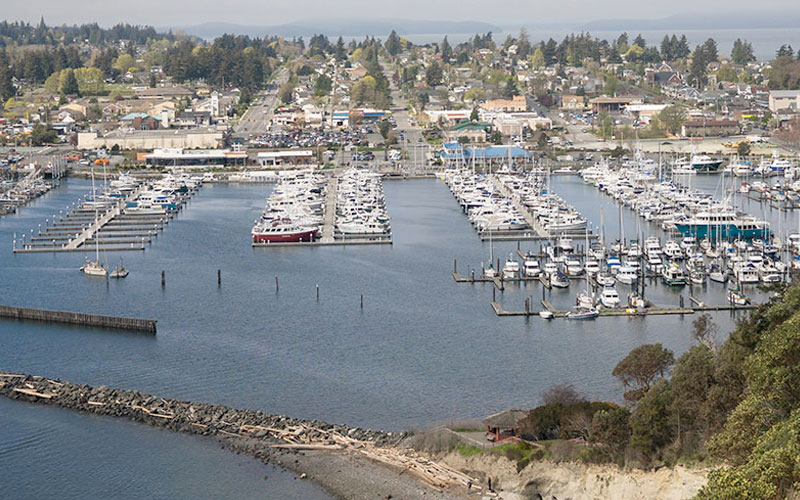As technology and internet usage advance, so does the way we transmit data. Fiber optic cables are now the gold standard for sending information quickly and securely. While many communities have opted to use aerial fiber optic cables, running fiber optic cables underground has its own set of pros and cons, the most widely argued is centered on the cost of underground implementation. With a new era of legislation and public grant funding aimed at bridging the digital divide across Washington and America, this topic merits revisiting.
First, some basics: both cable companies and Internet Service Providers (ISPs) use fiber optic cables. You’ll notice fiber optic cables hanging from poles, or they may be buried underground. Fiber optic cables that are buried underground may be pulled through conduits or even submerged in water. These cable networks span very long distances, from a few thousand feet to many thousands of miles. There are many nuanced deployments too numerous for this discussion, but here we’ll look at some basic pros and cons of underground and aerial installations.
There are many upsides to burying fiber. Underground fiber is far less likely to be damaged by above-ground elements, adverse weather conditions, or even wildlife. The resiliency of underground networks is also favorable for the effects of climate change, which can increase the severity of weather events. Buried fiber deployments are immune to wind and ice damage because they’re located below the layer where the soil freezes. This means that underground deployments are about 10 times more reliable than aerial routes, especially where poor weather abounds. With fiber out of sight, unsightly lines are not an eyesore to the neighborhood or for your own property esthetic. The underground installation process itself also uses less site space to place and connect fiber.
Landscaping and property topography are big factors that also drive the decision to choose between aerial or buried fiber, and specialized architects help make those determinations. The “cons” of going underground generally center upon cost and complexity. The upfront cost of underground fiber is significantly higher than aerial installation. Because it requires skilled labor and excavation to deploy fiber underground, properties with steep terrain, large trees (with established root systems), or rocky ground may be challenged by complex permitting or the cost of extra skilled labor. Although uncommon, any needed underground repairs often mean re-excavation, which is pricy, especially in rural America.
Aerial deployment is one of the most cost-effective methods of getting fiber to the customer since operators can use existing pole infrastructure without digging. For urban areas, aerial deployment can be a popular, more turn-key option. The flipside is that over time aerial lines can strain, sag, and eventually break if exposed to extreme wind, large temperature swings or ice events.
With a spate of government grant programs offering funding for connectivity opportunities everywhere, taxpayers should feel empowered that these funds and efforts will directly benefit them by bringing high-quality broadband infrastructure and services to their homes and businesses.
Here in Washington State, public agencies such as PUDs and ports have set an example over the past 20 years in advancing broadband deployment and have invested hundreds of millions of dollars into Washington’s communities. Publicly-held infrastructure has effectively and efficiently helped to bridge the digital divide for unserved and underserved areas through public-private partnerships that have allowed service providers to reach customers that were too costly to reach on their own.
Do you need help getting prepared for the upcoming grant cycles? NoaNet is here to help.
Northwest Open Access Network (NoaNet) is a not-for-profit wholesale telecommunications mutual corporation that has been serving Washington State since 2000. As a mission-driven organization, NoaNet focuses on bringing world-class telecommunications technology to hard-to-reach communities which lack access to high-speed affordable broadband services.


